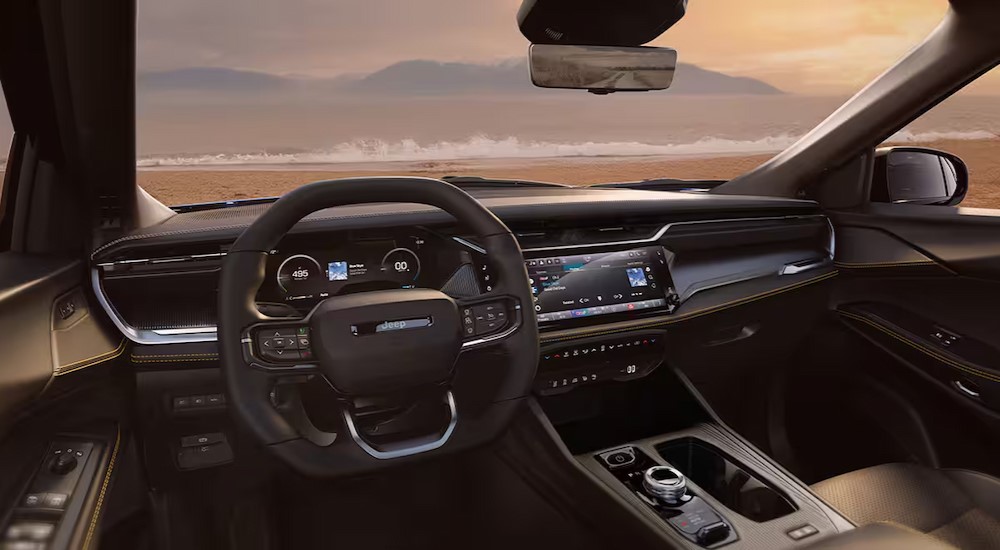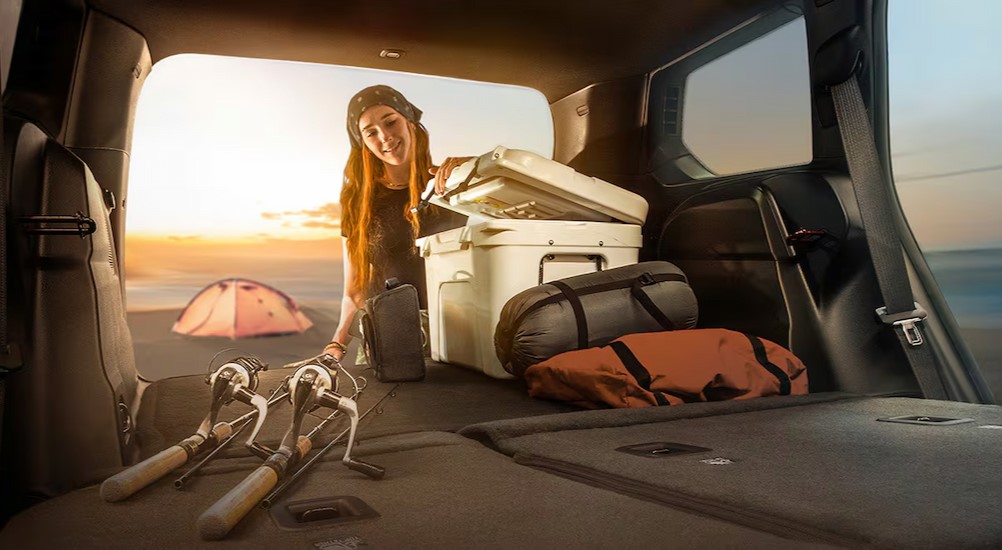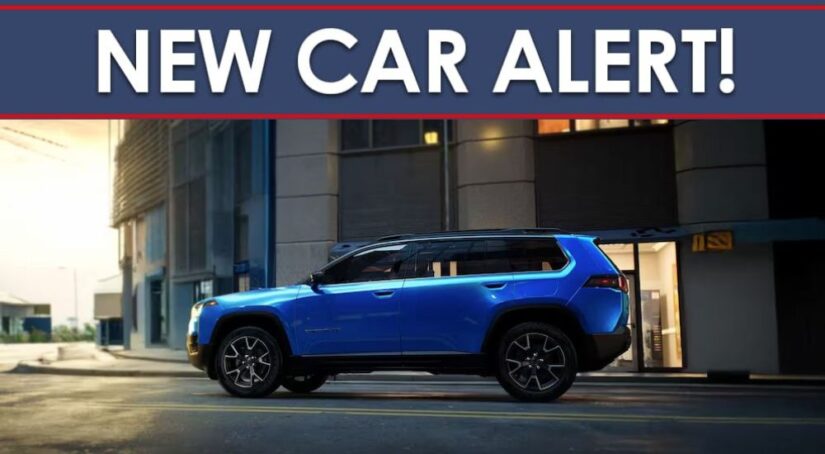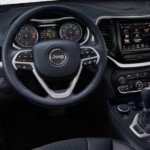The Cherokee is one of the most iconic models for the Jeep brand, actually predating the Wrangler by over a decade. However, unlike the Wrangler, which represents unchanging tradition, the Cherokee has evolved massively over the years, often signaling the direction for the Jeep brand as a whole. The all-new 2026 Cherokee is no exception, with Jeep making some big moves that could help it compete in the years ahead.
If you aren’t a Jeep enthusiast, you might not realize that the Cherokee has been missing in action for the past few years, having been discontinued after the 2023 model year. This wasn’t the first time the Cherokee has been discontinued, however, and just like before, the all-new version is a complete reimaging of what this rugged compact SUV can be.

Electrification Is the Name of the Game
While there has been a recent industry shift away from battery electric vehicles, electrification is still the name of the game. Jeep’s current lineup has one full EV (the Wagoneer S) and two plug-in hybrids (the Grand Cherokee 4xe and Wrangler 4xe), but it doesn’t actually have any traditional hybrids—which is the electrified powertrain that interests shoppers the most, as it doesn’t require any form of charging but still gets exceptional gas mileage.
That has now changed with the 2026 Cherokee, which comes standard with an all-new hybrid powertrain. This setup combines a 1.6L turbocharged engine with a small, self-charging battery pack and two electric motors to get an estimated 37 MPG combined. That’s not bad at all, considering the Cherokee also comes standard with all-wheel drive and produces no less than 210 hp and 230 lb-ft of torque.
This is a more than respectable powertrain for the average driver, but fans of off-roading may be a little disappointed to learn that the all-wheel drive system is Jeep’s most basic Active Drive I. Unlike the more capable Active Drive Low or Active Drive Lock systems, this does not have a low range or locking differential. However, it’s all but certain that Jeep will roll out a Trailhawk variant in the future with these features.
Bigger and More Comfortable
Aside from the hybrid powertrain, the new Cherokee is significantly larger and more premium than the previous generation. This helps distinguish it from the Jeep Compass and better fills the gap between that model and the larger Jeep Grand Cherokee. In fact, it has nearly as much cargo space as the Grand Cherokee and slightly more rear legroom! However, Jeep’s midsize model still brings more power, off-road capability, and towing capacity to the table.
The 2026 Cherokee also comes with some of the most advanced tech features you will find in the Jeep lineup, including a standard 10.25-inch digital instrument cluster and 12.3-inch central infotainment touchscreen—although, unlike Jeep’s larger models, a dedicated passenger display is not available. To further elevate the drive, the Cherokee offers modern luxuries like heated and ventilated seats, a panoramic sunroof, and more.

A Sign of the Future
Jeep’s belated embrace of traditional hybrid propulsion is a positive sign for the brand. Being able to enjoy excellent fuel economy in an all-wheel drive SUV without needing to plug in is perfect for most drivers. The updated design language and long list of features in the new Cherokee also help Jeep solidify its position as a premium adventure brand. While long-time Jeep enthusiasts will bemoan the less rugged nature of the 2026 model compared to the Cherokees of the past, it should be remembered that the Cherokee has always been a future-forward model. Even the classic XJ was radical in its day for moving away from body-on-frame construction.
However, the relatively high $35,000 starting price, combined with the unimpressive off-road capability of the 2026 Cherokee, means the new model does not necessarily represent the best value on the market. Throw in Jeep’s already less-than-stellar reputation for reliability and an all-new and completely unproven powertrain, and you may be better off looking at a Toyota RAV4, Honda CR-V, or Mazda CX-50, all of which offer hybrid powertrains, similar off-road capabilities, and better reliability for a lower price.



